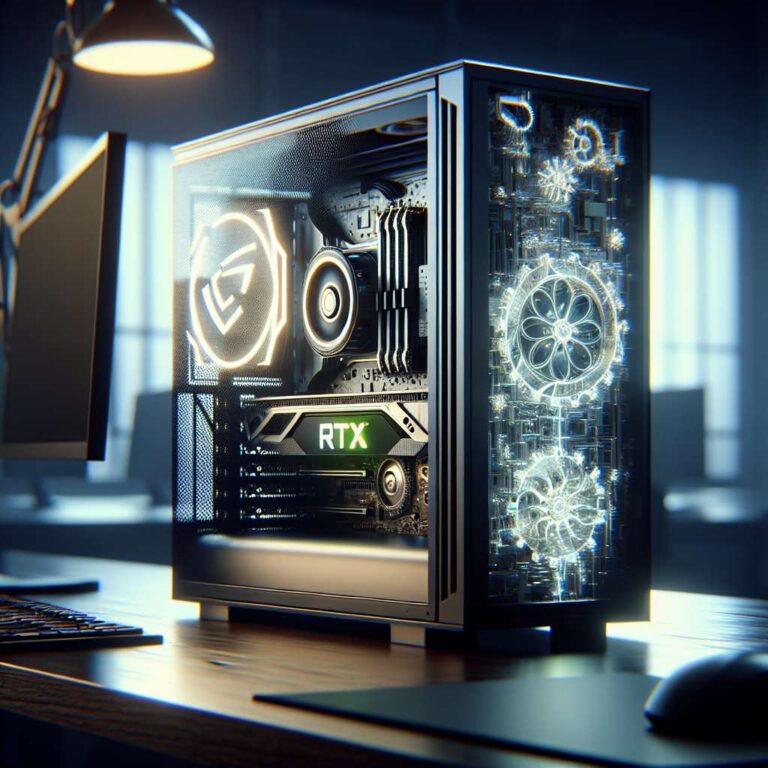OpenAI, in a partnership with NVIDIA, has introduced new open-source gpt-oss language models designed for seamless deployment on NVIDIA´s RTX and RTX PRO GPUs. The gpt-oss-20b and gpt-oss-120b models are tailored for versatile reasoning tasks, supporting applications ranging from web search and coding assistance to comprehensive document analysis. These models, engineered for flexible local and cloud inference, can handle up to 131,072 context lengths—enabling sophisticated chain-of-thought and instruction-following capabilities. NVIDIA optimizations ensure top performance, reportedly achieving up to 256 tokens per second on the high-end GeForce RTX 5090 GPU.
Developers and artificial intelligence enthusiasts can access and run these models on RTX-powered machines via popular frameworks and tools such as Ollama, llama.cpp, and Microsoft AI Foundry Local. Ollama, in particular, offers a streamlined user experience, facilitating out-of-the-box support for OpenAI´s open-weight models with a modern interface and features like multimodal inputs and file integration. The models leverage a mixture-of-experts architecture and take advantage of the MXFP4 precision format, which boosts efficiency and reduces resource demands without sacrificing model quality. The training took place on NVIDIA H100 GPUs, underscoring the scalability and performance of the NVIDIA hardware ecosystem from cloud infrastructures to localized desktop PCs.
NVIDIA has actively engaged the open-source community to further refine model performance on their GPUs, contributing improvements like CUDA Graph implementations and CPU overhead reductions to projects such as llama.cpp and the GGML tensor library. Windows developers also benefit from native access through Microsoft AI Foundry Local, which utilizes ONNX Runtime optimized with CUDA and plans forthcoming support for NVIDIA TensorRT. These advancements mark a significant opening for developers looking to embed high-performance artificial intelligence reasoning into Windows applications and signal a broader shift toward on-device artificial intelligence acceleration powered by deep collaborations between industry leaders like OpenAI and NVIDIA.

